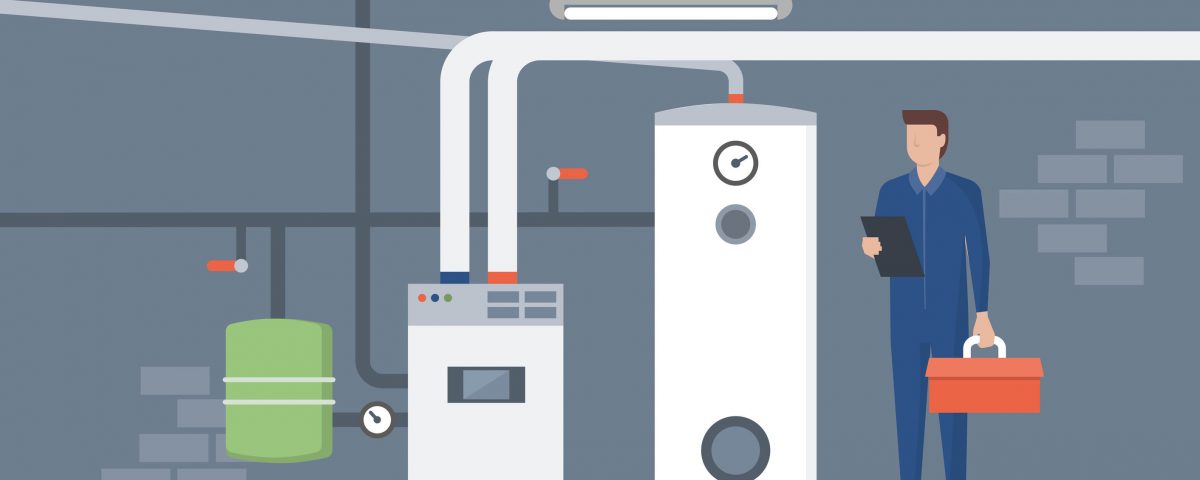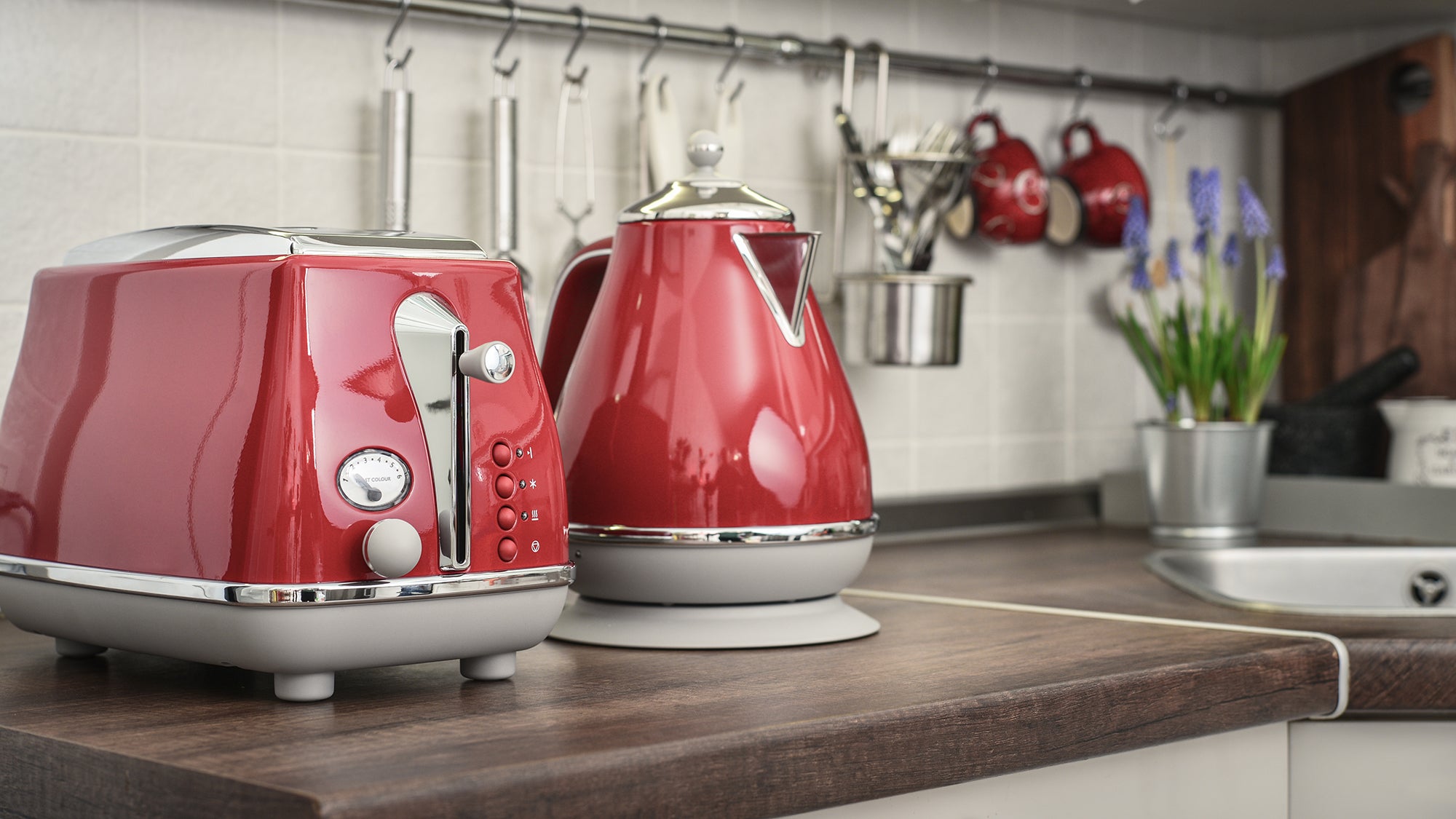What You Should Know About Electric Heating

The shift away from traditional fuels towards electric isn’t just focused on bikes, cars and transport, but also in the home. From the use of wood pellet burners to solar panels on our roofs, subtle changes are helping provide a more environmentally friendly way of powering and heating our rooms.
This same change is happening, of all spaces, with the humble radiator. Yes, while they’re always working away unbeknownst to most of us to get rooms nice and toasty, they’re traditionally quite intensive energy users. That’s all changing though due to the recent developments in the world of electric radiators. Thanks to some advice from the lovely people at Trade Radiators (who just so happen to have a fantastic range of electric radiators and heating products) here is what you should know about electric heating and using electric radiators at home.
You’re saving space in more than one way
Most of us will have a room at home where the furniture doesn’t fit in the way you want because a radiator is in the way. It could be that your sofa has to sit far out from the wall, one side of the bed is wedged beside a radiator, or you have a door that constantly slams against a radiator anytime someone comes in the room.
Electric radiators give you the versatility of being able to pick where your radiator goes. While it does need to be plugged into a wall like a computer or TV, you’re instantly afforded a choice of where it goes; something you never get from a traditional radiator.
There’s also the fact that you’re able to switch to fully electrical around the home for heating and hot water, you can get rid of your boiler, freeing up valuable space for a win-win all around, added North East Heating Solutions who fit electric heating in Durham.
Bye-Bye To Maintenance
Every homeowner or renter has experienced the trials and tribulations that come with a busted radiator at some point in their lives. Whether it is a leaky valve that won’t stay shut, a radiator which makes weird noises every time it’s turned on, or a radiator that becomes sludged up and won’t heat up correctly, standard radiators will inevitably run into problems.
A leading cause of that is down to traditional radiator installations needing to be part of an internal network where water has to pass through all the pipes before coming back round to the boiler. With an electric radiator, that doesn’t need to happen. It acts as a completely independent unit with an element inside that will heat.
Heat Control At Your Fingers
I did just mention how independence is excellent for electric radiators, but it can be tricky if you don’t have smart heating controls in place. If you’re buying a new electric radiator and it comes with the option of a Wi-Fi enabled thermostat, take it. It gives you the freedom of being to control the heating in every room with just a few taps on your phone. Being able to quickly check your phone when out and about to turn on the heating may seem like a luxury, but it’s going to stop you from having to get that degree in rocket engineering to understand how the four-button thermostat on the wall works.
No more Carbon Monoxide
You turn on a standard home heating system, and in the process of heating everything, Carbon Monoxide is produced as a by-product. With electric radiators, there’s no fuel being burned on-site, so you won’t see any CO being produced.
Are you planning on making a big home purchase?
Whether you’re about to buy a new radiator, a washing machine or fridge-freezer, make sure you know what the best in the market are by visiting the large appliance section of the site for recent reviews of leading products.






